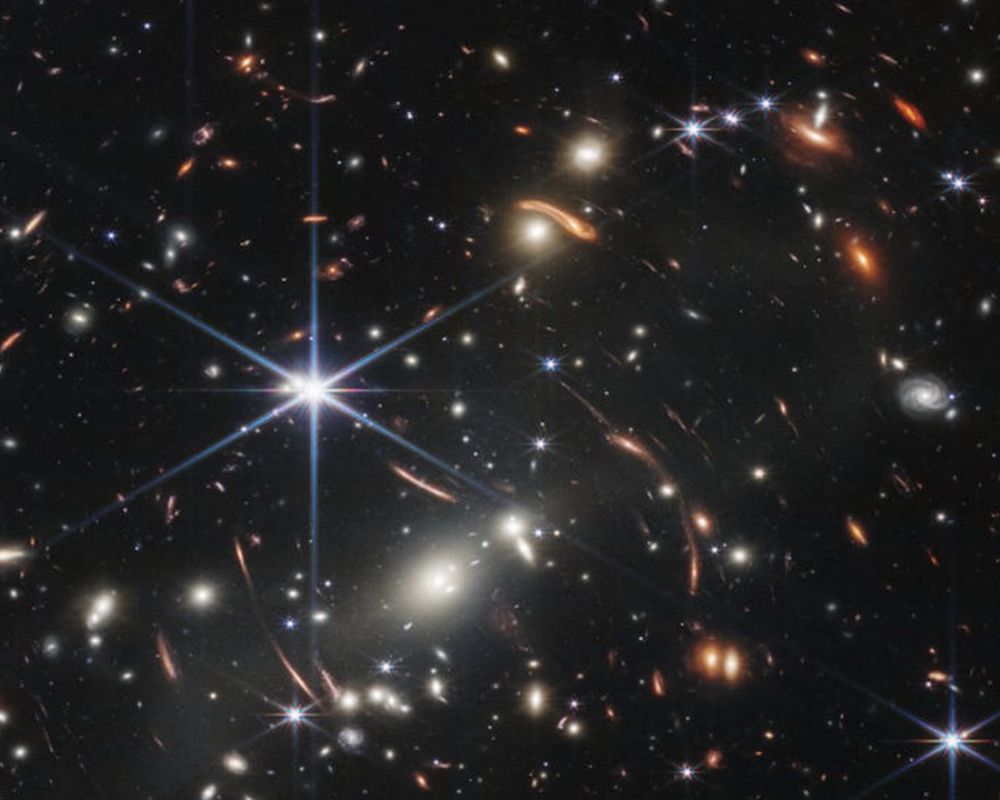
iPhone users, turns out you’ve been using your calculators wrong. It might be one of the most used apps, but there are so many features in it that are still unknown to the users. Read on to find out how you can use your app efficiently and to its best capability.
Unknown Features
The first thing to know is that you can actually delete individual numbers by swiping across the display. Meaning if you write a “2” instead of a “1,” you don’t have to end up erasing the entire calculation to fix it. You can also save some time while doing calculations with a handy trick. If you’re planning to go to another app, you can actually copy your calculator results without actually going back to the app! For this, tap the app, hold down, and you’ll get an icon to let you copy your recently done calculations! Who said that the calculator could only let you do simple math sums?
Scientific Calculator

One of the other biggest uses of the iPhone calculator app is its ability to be used as a scientific calculator too, instead of just a normal one. For this, all you have to do is turn your phone horizontally and watch as it magically switches from a simple tool to a more complex one. Ensure that your screen lock isn’t on for this to work. With this calculator, you can perform high-functioning calculations. You can even switch from scientific to normal and back easily without actually losing any of your calculations. Just turn your phone sideways as per your choice! Isn’t that cool? An added bonus is that the scientific calculator also has some hidden features! You can reveal some hidden features of this version by just tapping on the button marked 2nd on the app, and you’ll be able to see some new and hidden functions.
One of the Galaxies Captured By JSWT Really Is 30 Billion Light Years Away and People Are Confused

There will probably never be a day when we uncover all the mysteries that the universe holds, but humans will never stop trying. One of the most important tools for trying to decipher the many unknowns is the James Webb Space Telescope, which was launched at the end of 2021 by NASA. NASA’s biggest and most powerful telescope to date has proved its worth time and again. Most recently when the telescope presented the world with the deepest and highest resolution photos of the universe yet. And the surprise is that one of the galaxies is 30 billion light-years away!
The Photo
The photos released by JSWT show a cluster of galaxy SMASCS 0723. The photo is the highest resolution ever to be released of the galaxies. Such a photo was taken only by the Hubble Telescope before this, and the differences are obvious. JSWT only took 12.5 hours to capture the new photo, while Hubble took 10 days to do so.
The Distance
The photo shows the galaxies of the infrared universe and it’s astonishing to hear that the light from one of those galaxies is coming from 13.1 billion years ago. However, an even more surprising fact was that the galaxy itself wasn’t 13.1 billion light-years away, it was actually much further – 30 billion light years away. When the Betelgeuse star, which sits near the shoulder of Orion, dimmed, the dimming actually happened half a millennium ago, as the star is located 550 light years away. Then what’s the deal with the 30 billion light-years? It turns out the deeper you go into the universe, the farther into time you have to travel.
The Explanation

The usual method of calculating distance when it comes to universal matters has always been turning the time it took for the light to get there into light years. If it took the light from the Andromeda Galaxy 2.5 million years to get here, then it’s 2.5 million light-years away. However, when time starts racking up to a few billion years, direct conversion doesn’t work anymore. For example, the cluster at the center of the JSWT image – SMACS 0723 has light coming from 4.6 billion years ago but is actually located almost an extra billion light-years away. This happens due to the expansion of the universe. Thankfully, as we learn more and more, humans keep refining their methods so they can best understand the galaxy.